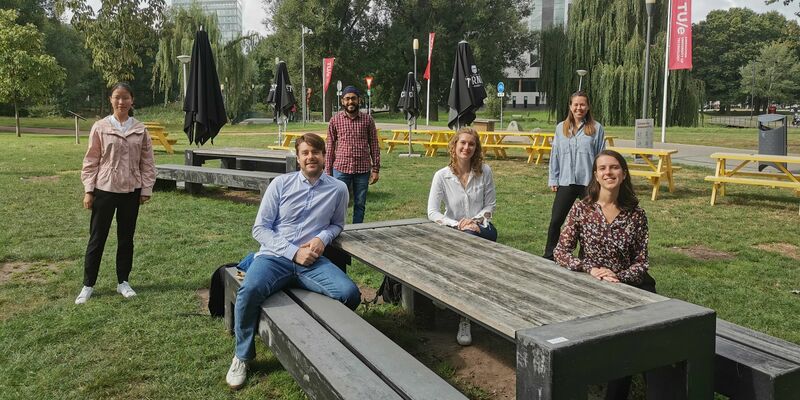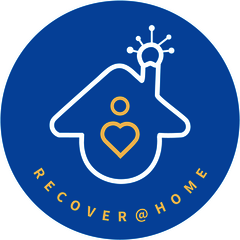
- Corona , Student
- 02/09/2020
Recover@Home aims to help with corona rehabilitation
Many people who have spent time in hospital with corona face a difficult period of rehabilitation when they get home. The student team Recover@Home aims to build an online platform enabling healthcare providers to remotely monitor and guide the recovery of these patients. To get the job done, they would welcome some extra pairs of hands.
Once the first wave of the new coronavirus COVID-19 had passed, it was soon evident that extreme tiredness and shortness of breath remain lingering problems for many patients. As a result, very many people need guidance during their rehabilitation, at a time when, owing to the risk of infection, hospital visits must be kept to a minimum and hospital capacity must be managed efficiently. In addition, former ICU patients are particularly likely to find that the hospital has become a traumatic place for them, points out team manager Jerome Baart of the new student team Recover@Home. “It is a well-known phenomenon; Post Intensive Care Syndrome is the name given to this trauma.”
All of this means that - as far as possible - for this group of patients rehabilitation at home is, in principle, the preferred option, explains Lieke Luiken, head of PR at Recover@Home. ”So it would be helpful if at home patients could measure, say, their heart rate, muscle strength, lung function and oxygen saturation, and could also give an idea of their mental well-being by filling in a questionnaire. They could share these data with healthcare providers via our online platform.”
Digital Twin
Over the past few months the seven members of the team, an initiative of TU/e against COVID-19, have made a list of the features healthcare providers believe the platform should have. “The next step is to talk to the patients as well, to find out what they need and especially what they absolutely don't want,” says team manager Baart. “Until now this has proved difficult for privacy reasons, but we are still in discussion with the Máxima Medical Center.”
The team's ambition is to create a 'digital twin' of the patient, says Baart. “That is, as it were, a digital copy of the relevant body parts or body functions. Based on this, the specialist in the hospital can predict how the patient will respond to the proposed treatment.” To achieve this ambition, the team is looking for new members. As well as BME students Luiken and Baart, the present team comprises another two students of Biomedical Engineering, two Automotive students and someone from Industrial Design. Baart: “We would like to be able to split the team into one group working on the measuring equipment and another focusing on the online platform. To do all this, we could certainly use another ten people with different backgrounds.”
If you are interested, you can mail the team.

Discussion